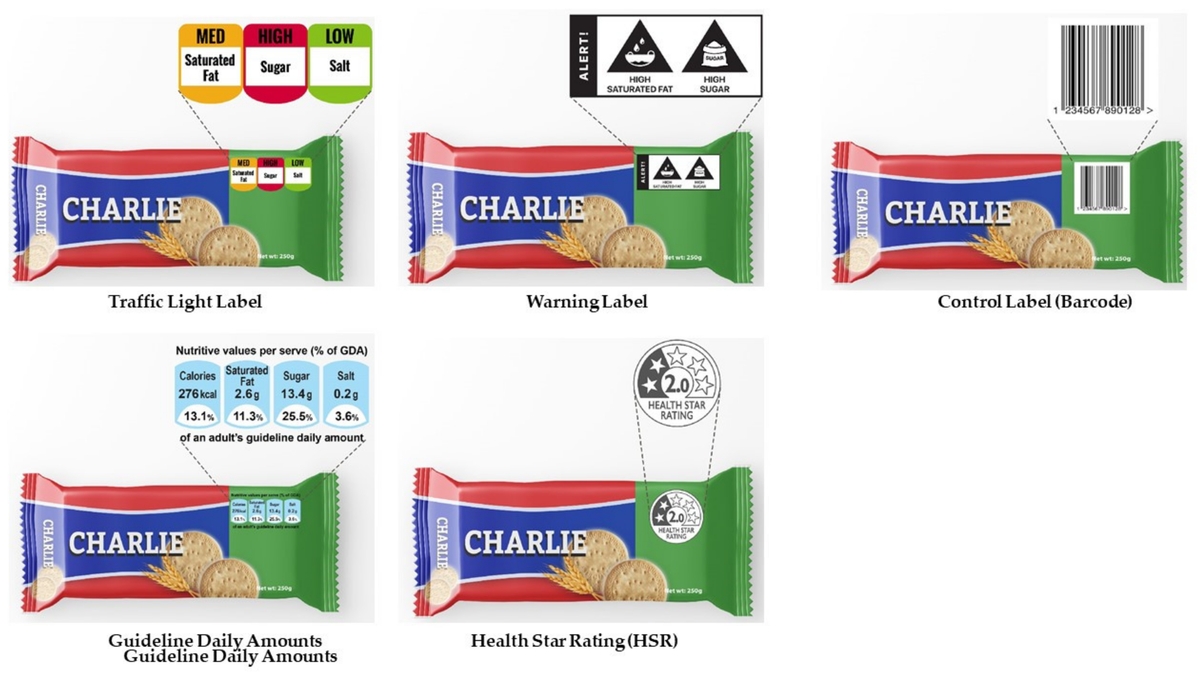
Understanding what’s in the food we eat has become increasingly important as a growing number of people seek to make healthier choices and avoid diet-related diseases. Herein lies the importance of Front-of-Pack Nutrition Labels (FoPLs), a tool that aims to provide clear, concise, and easily understandable information about the nutritional content of packaged food products. Recent research at the George Institute for Global Health has provided significant insights into the creation of effective FoPLs that cater to the diverse needs of India’s population.
The Study and Its Implications
The study, conducted in India, aimed to inform the selection and development of an FoPL that addresses the country’s diverse needs and preferences. After comparing five FoPLs adapted to the Indian context, it was found that a 2-color label utilizing a traffic light format was deemed most effective, useful, and likable by the respondents. This research is of immense relevance as it emphasizes the importance of developing an optimal FoPL for India that combines utility and acceptability for optimal impact.
Expected Impact on India’s Health Literacy
The implementation of an FoPL system in India is expected to have a profound impact on the nation’s health and nutrition literacy. By promoting healthier eating habits and raising awareness about the relative healthiness of packaged food products, it is projected to contribute significantly to the overall wellness of the population. Moreover, the study’s findings can serve as a valuable reference for the Food Safety and Standards Authority of India (FSSAI) and the Indian government as they work towards creating a robust front of pack nutrition labeling system.
Aligning with Global Standards
The move towards implementing a strong FoPL system aligns India with global initiatives aimed at providing consumers with meaningful information about the food they consume. For instance, Front of Pack (FoP) systems are being supported based on local daily reference values across the globe, and calorie information FoP is available on all eligible products. This common approach to FoP labeling not only meets local market needs and regulations but also helps consumers make informed decisions at a glance.
The Role of Supermarkets and Nutrition Information
Supermarkets, as major points of food purchase, play a significant role in promoting healthier eating habits and informed choices. The provision of nutritional labels, healthy eating zones, educational materials, in-store dietitians, and nutritional apps are just a few ways in which they support consumer health literacy. As India pushes forward with its FoPL system, the role of these entities in promoting a healthier nation becomes even more crucial.
Conclusion
Effective nutrition labeling is a vital step towards promoting healthier food choices and combating diet-related diseases. The study by the George Institute for Global Health underscores the value of this tool in the Indian context and provides insights into the development of an optimal FoPL system. As India moves forward in this direction, it takes a significant stride towards enhancing its population’s nutrition and health literacy, ultimately contributing to a healthier nation.
